On the morning of June 1, Ukraine carried out a massive drone attack against Russian airfields, hitting dozens of Russian strategic bombers. The operation, which has already been dubbed “Russia’s Pearl Harbor” by some in the West and “Black Day” by the Russians, is astonishing, not least because Ukrainians operated thousands of miles deep into enemy territory, hitting sites in Russia’s Siberia and the Arctic.
The targeted airfields included Olenya in Murmansk Oblast, Dyagilevo in Ryazan Oblast, Ivanovo in Ivanovo Oblast, and, most shockingly, Belaya in Irkutsk Oblast, which is 3,500 miles from the Ukrainian border.
Ukraine’s President Volodymyr Zelensky said Spider Web took one year, six months, and nine days to plan, and was Ukraine’s “most far-reaching” operation to date. He also said 117 drones and “a corresponding number of operators” were used, with Ukrainian agents operating in different Russian regions across three time zones. Everyone involved in Spider Web was withdrawn from Russia by the time of the operation.
The Security Service of Ukraine (SBU), which was behind the operation, reportedly smuggled First-Person View (FPV) drones with explosives into Russia, followed later by small wooden mobile cabins. The drones were then hidden under the roofs of those cabins and loaded onto trucks.
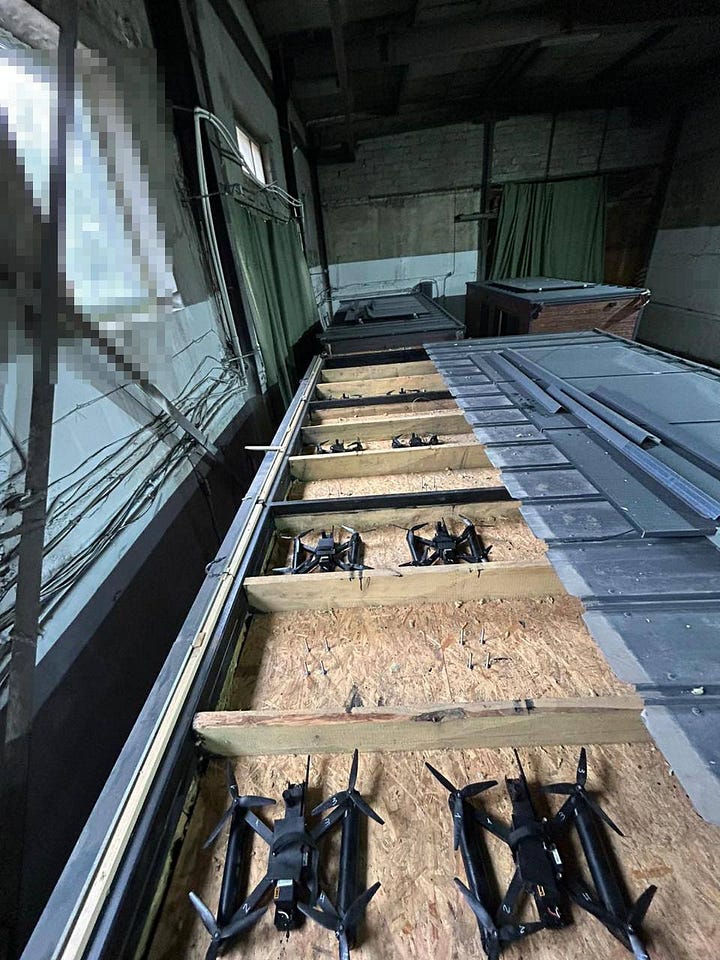
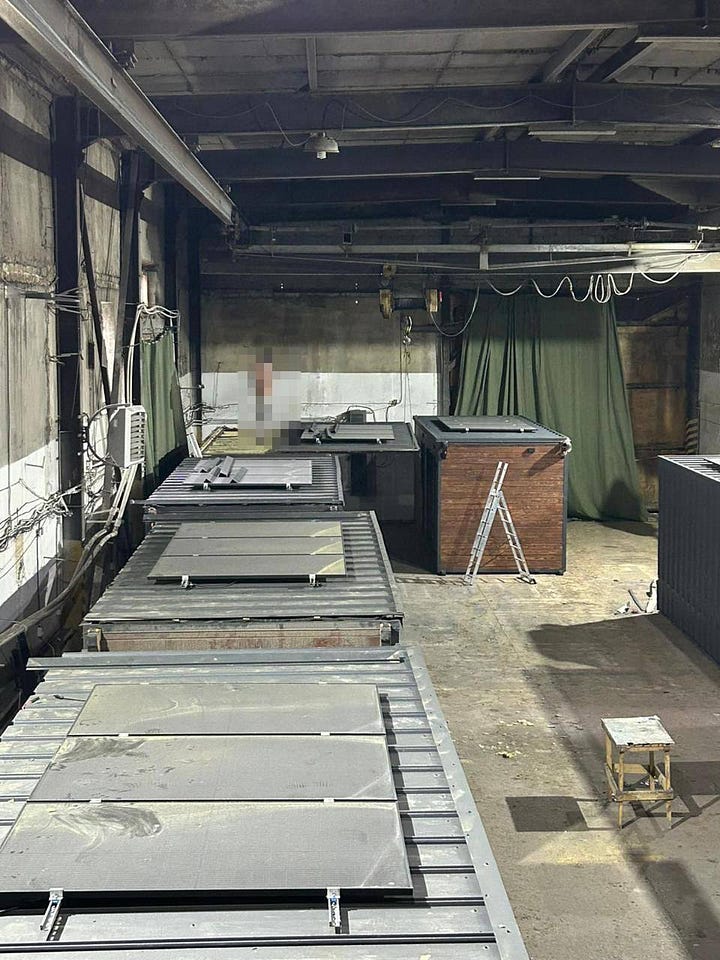
The trucks with drones were parked in the vicinity of targeted airfields. When the operation began, the wooden cabins were opened remotely, and drones began flying out and hitting the planes seemingly in a matter of minutes.
“The most interesting thing...is that the ‘office’ of our operation in Russia was located directly next to the FSB office in one of their regions,” Zelensky said.
Many videos captured the aftermath of the attack. One appeared to show Russian men standing on top of a truck in Irkutsk Oblast, trying to stop the drones from flying out of the vehicle. Another was a local in Murmansk Oblast recording heaps of smoke, saying “the war has begun in Olenogorsk”, a village near the Olenya airbase. “The driver’s running around...drones are flying from his truck (toward the base),” the man says. Speaking of the truck drivers, several reports suggest they didn’t know what they were transporting.
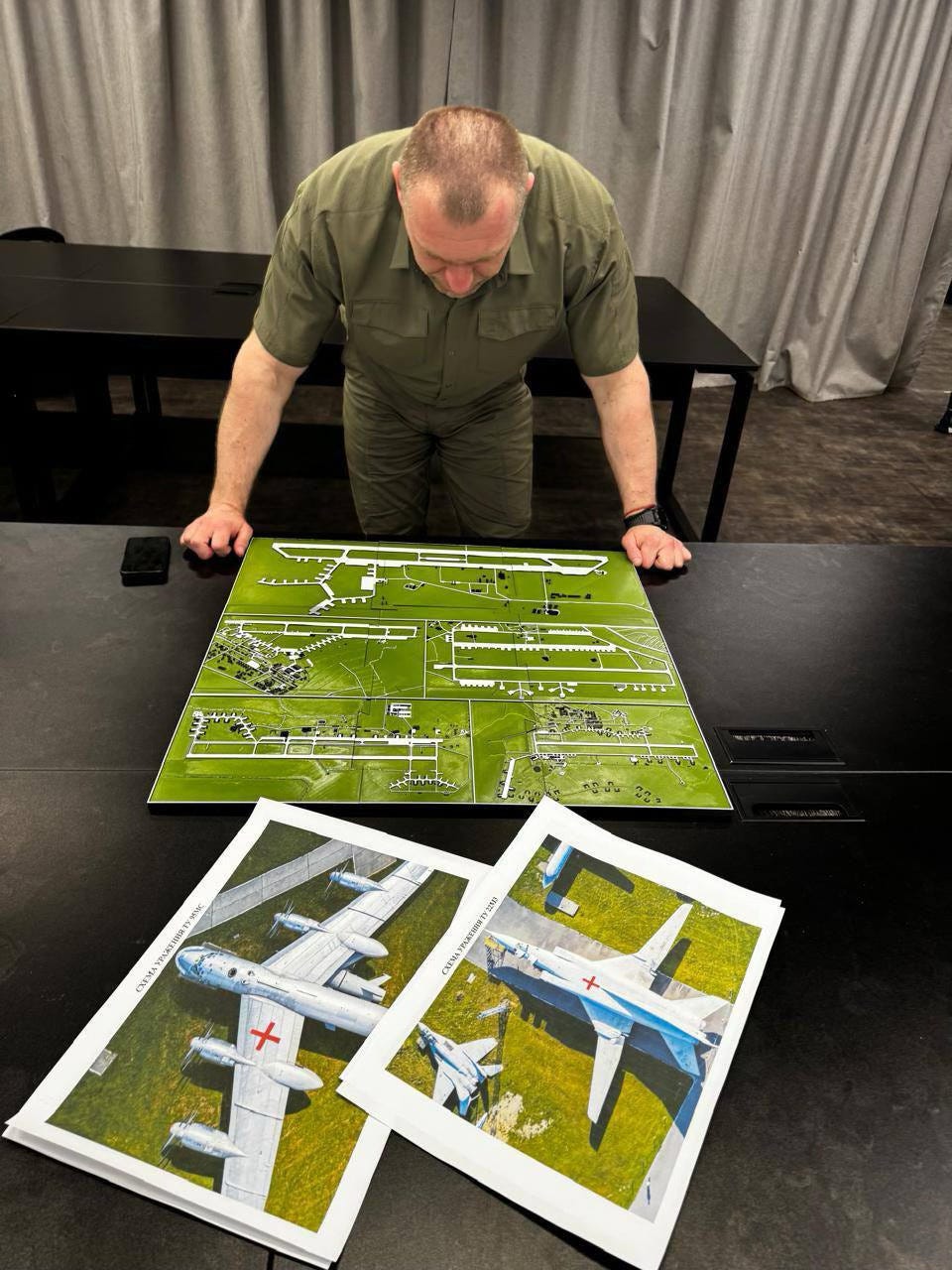
The SBU said that 41 Russian planes were destroyed or damaged, including A-50, Tu-95, Tu-22 M3, and Tu-160.
The Tu-95 and Tu-22 M3 are Russian strategic bombers capable of carrying nuclear weapons. Russia uses them regularly to attack Ukraine with cruise missiles. The last time both of them were produced was in the early 1990s, so it is impossible to replace them anytime soon. The Tu-160 is a more modern Russian strategic bomber and the largest operational bomber in the world.
The A-50 is essentially a flying radar station and a command center that guides missiles, coordinates targets, and detects air defense systems during Russian attacks against Ukraine. It’s an extremely valuable aircraft, and by some Ukrainian estimates, Russia only had five A-50s in March of 2024, only four of them operational. Moscow said in 2024 it intends to restart the production of A-50s.
Estimates vary regarding the number of bombers Russia has and the number of them that are operational. The Economist reported that Russia has “probably fewer than 90 operational Tu-22, Tu-95 and newer Tu-160s in total”.
Here are the first satellite images from Belaya in Irkutsk after the operation, published by a geospecial intelligence consultant, Chris Biggers:
Ukraine didn’t notify the United States about the attack beforehand, Axios reported.
It was likely no coincidence that the operation happened 24 hours before the second round of peace talks between Ukraine and Russia, scheduled for June 2 in Istanbul. The Ukrainian government finally confirmed its participation in the talks on Sunday afternoon, just an hour after the first evidence of Spider Web began surfacing online. Zelensky said Ukraine’s proposals to discuss in Istanbul are an immediate ceasefire, the release of prisoners of war, and the return of kidnapped Ukrainian children.
Although it is yet to be independently verified, the SBU said the operation disabled 34% of Russia’s cruise missile carriers, costing the Kremlin around $7 billion.
"It was not just a devastating blow to enemy aviation, but a serious slap in the face of the power and the terrorist essence of the Russian Federation,” Maliuk said in a statement.
"Our strikes will last exactly as long as the Russian Federation terrorizes Ukrainians with missiles and shaheeds."



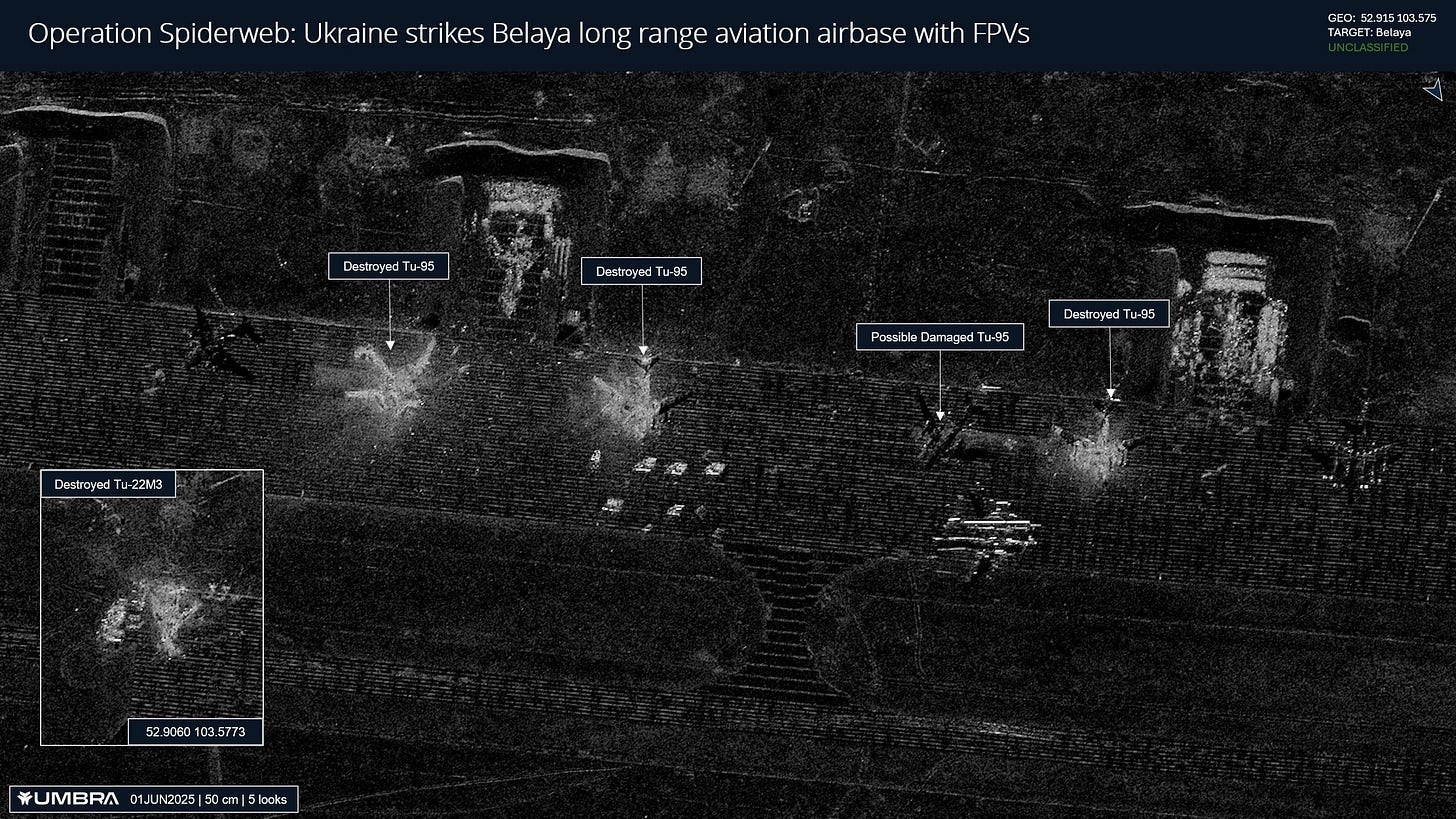
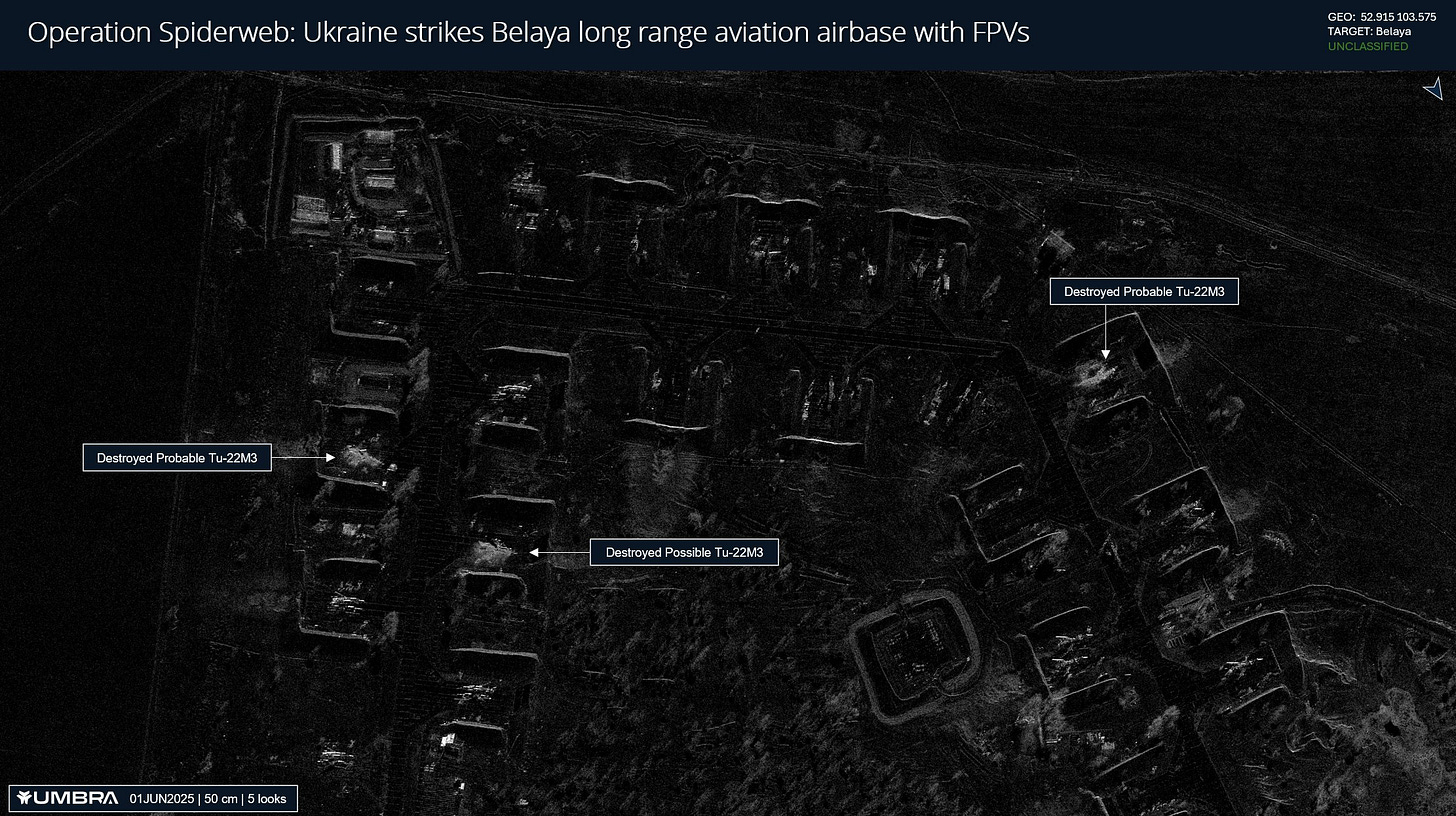
🇺🇦SLAVA UKRAINI🇺🇦🌻
we must free ukraine and europe now and live in the reality of russias real and present threat in ukraine and iacross europe tory puppet echoe the voiices of russias corrupt middle men and cling to every dooemed t poulist lie like sinking ships in a rough sea we need action not in twenty years from an antiquated house of lords